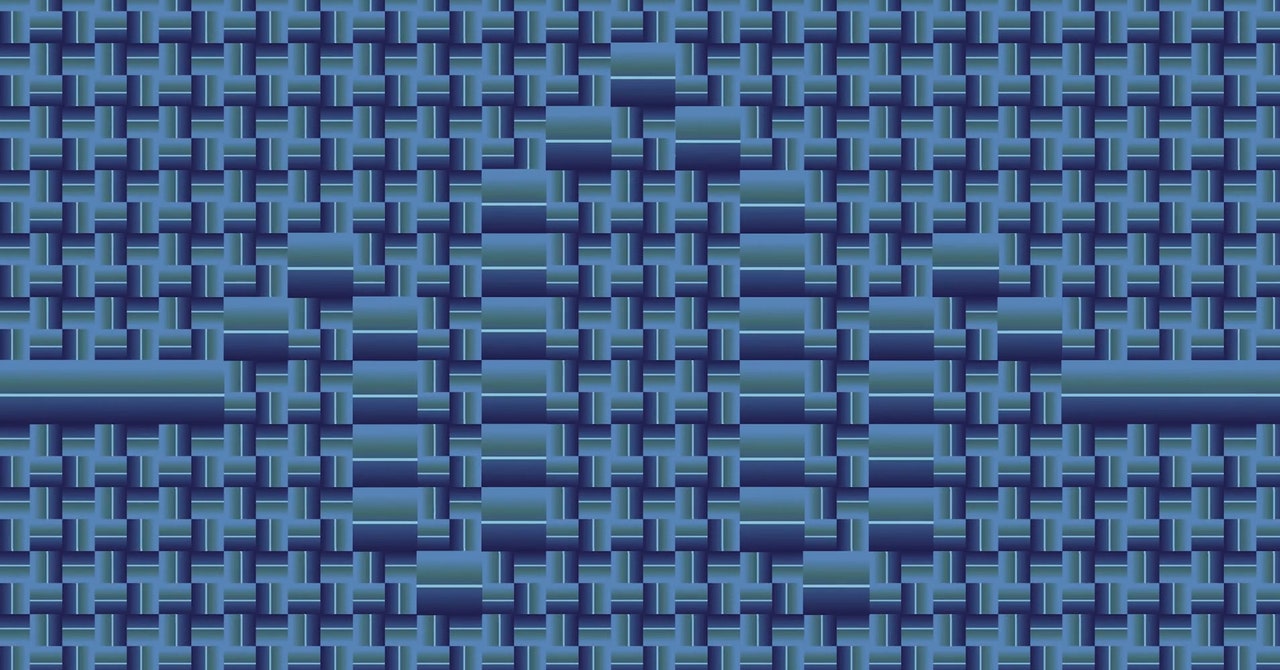
In an increasingly data-driven world, mathematical tools known as wavelets have become an indispensable way to analyze and understand information. Many researchers receive their data in the form of continuous signals, meaning an unbroken stream of information evolving over time, such as a geophysicist listening to sound waves bouncing off of rock layers underground, or a data scientist studying the electrical data streams obtained by scanning images. These data can take on many different shapes and patterns, making it hard to analyze them as a whole or to take them apart and study their pieces—but wavelets can help.
Wavelets are representations of short wavelike oscillations with different frequency ranges and shapes. Because they can take on many forms—nearly any frequency, wavelength, and specific shape is possible—researchers can use them to identify and match specific wave patterns in almost any continuous signal. Because of their wide versatility, wavelets have revolutionized the study of complex wave phenomena in image processing, communications, and scientific data streams.
“In fact, few mathematical discoveries have influenced our technological society as much as wavelets have,” said Amir-Homayoon Najmi, a theoretical physicist at Johns Hopkins University. “Wavelet theory has opened doors to many applications in a unified framework with an emphasis on speed, sparsity, and accuracy that were simply unavailable before.”
Wavelets came about as a kind of update to an enormously useful mathematical technique known as the Fourier transform. In 1807, Joseph Fourier discovered that any periodic function—an equation whose values repeat cyclically—could be expressed as the sum of trigonometric functions like sine and cosine. This proved useful because it allows researchers to split a signal stream into its constituent parts, enabling, for instance, a seismologist to identify the nature of underground structures based on the intensity of the different frequencies in reflected sound waves.
As a result, the Fourier transform has led directly to a number of applications in scientific research and technology. But wavelets allow for much more precision. “Wavelets have opened the door to many improvements in de-noising, image restoration, and image analysis,” said Véronique Delouille, an applied mathematician and astrophysicist at the Royal Observatory of Belgium who uses wavelets for analyzing images of the sun.
That’s because Fourier transforms have a major limitation: They only supply information about the frequencies present in a signal, saying nothing about their timing or quantity. It’s as if you had a process for determining what kinds of bills are in a pile of cash, but not how many of each there actually were. “Wavelets definitely solved this problem, and this is why they are so interesting,” said Martin Vetterli, the president of the Swiss Federal Institute of Technology Lausanne.
The first attempt to fix this problem came from Dennis Gabor, a Hungarian physicist who in 1946 suggested cutting the signal into short, time-localized segments before applying Fourier transforms. However, these were difficult to analyze in more complicated signals with strongly changing frequency components. This led the geophysical engineer Jean Morlet to develop the use of time windows to investigate waves, with the windows’ lengths depending on the frequency: wide windows for low-frequency segments of the signal and narrow windows for high-frequency segments.
But these windows still contained messy real-life frequencies, which were hard to analyze. So Morlet had the idea of matching each segment with a similar wave that was mathematically well understood. This allowed him to grasp the overall structure and timing of these segments and explore them with much greater accuracy. In the early 1980s Morlet named these idealized wave patterns “ondelettes,” French for “wavelets”—literally, “little waves”—because of their appearance. A signal could thus be cut up into smaller areas, each centered around a specific wavelength and analyzed by being paired with the matching wavelet. Now faced with a pile of cash, to return to the earlier example, we’d know how many of each kind of bill it contained.


